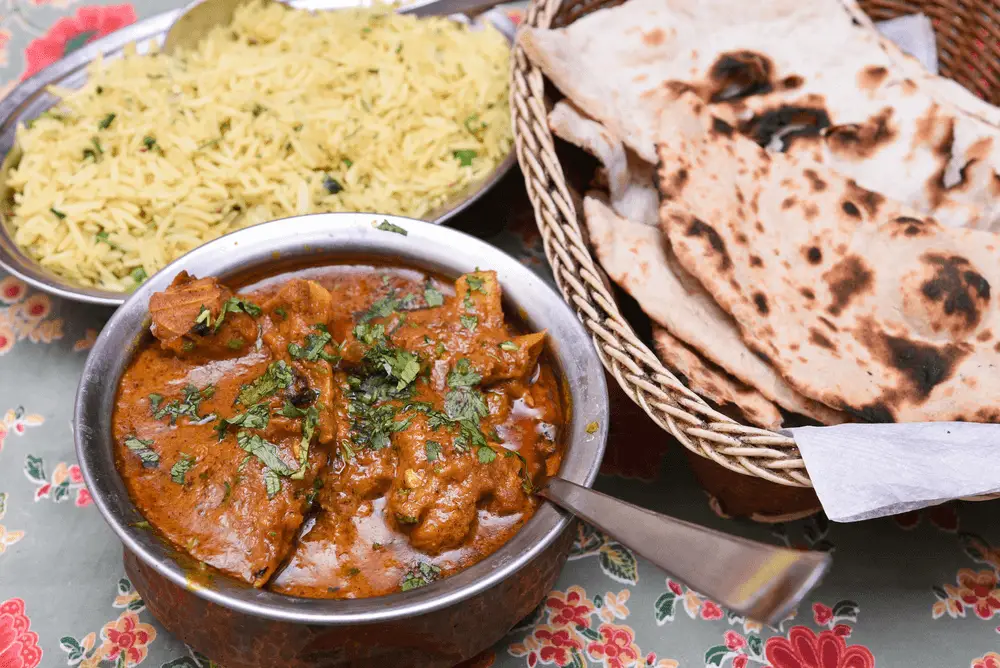
The cuisine of Pakistan offers a wide variety of flavors, aromatic spices, and diverse influences. From the vibrant street food of Karachi to the sumptuous feasts of Lahore, Pakistani food is a celebration of taste and tradition.
Expert chefs and bloggers have refined the art of Pakistani cooking, blending age-old techniques with modern innovations.
Here are some professional tips and tricks from renowned Pakistani culinary experts to elevate your cooking.
1. The Art of Bhuna
Technique: Bhuna is a foundational cooking technique in Pakistani cuisine. It involves frying onions, garlic, ginger, and spices in oil until the mixture turns brown and the oil separates. This process deepens the flavors of the dish.
Tip: Chef Zubaida Tariq, affectionately known as Zubaida Aapa, emphasized the importance of patience in bhuna. “Don’t rush the process. The slow frying of spices releases their essential oils, creating a robust flavor base,” she advised.
2. Perfecting the Biryani
Technique: Biryani, a beloved Pakistani dish, requires meticulous layering and cooking of rice, meat, and spices.
Tip: Chef Gulzar Hussain recommends using high-quality, aged basmati rice for biryani. “Rinse the rice thoroughly and soak it for at least 30 minutes before cooking. This ensures that the grains remain separate and fluffy,” he suggests. Additionally, adding a few drops of kewra water or rose water during the final steam adds a unique aromatic touch.
3. Naan and Roti Mastery
Technique: Naan and roti are staples in Pakistani cuisine, often cooked in a tandoor (clay oven).
Tip: According to Chef Mehboob Khan, achieving the perfect naan at home is possible even without a tandoor. “Use a pizza stone or a heavy baking sheet preheated in the oven.
This mimics the intense heat of a tandoor, giving you that characteristic char and puffiness,” he advises. For roti, he recommends a well-seasoned cast iron skillet and high heat to ensure soft and pliable bread.
4. The Secret to Juicy Kebabs
Technique: Kebabs, whether grilled, fried, or baked, are a quintessential part of Pakistani cuisine.
Tip: Chef Shireen Anwar shares her secret for juicy, flavorful kebabs. “Always use a mix of ground meat with some fat.
The fat keeps the kebabs moist. Marinate the meat with a combination of yogurt, ginger-garlic paste, and spices for at least a few hours,” she recommends. To prevent the kebabs from falling apart, refrigerate them for 30 minutes before cooking.
5. Achieving the Perfect Karahi
Technique: Karahi is a popular Pakistani dish named after the wok-like pan it’s cooked in. It involves high-heat cooking and quick tossing of ingredients.
Tip: Chef Saadat Siddiqui highlights the importance of fresh tomatoes in karahi. “Use ripe, juicy tomatoes for the sauce. Cook them down until the oil separates, which is a sign that the flavors have melded perfectly,” he suggests. For an added layer of flavor, he recommends finishing the dish with a generous sprinkle of fresh coriander and julienned ginger.
6. Enhancing Daal with Tarka
Technique: Tarka (tempering) is a crucial step in cooking daal, where spices are fried in hot oil or ghee and then poured over the cooked lentils.
Tip: Food blogger and chef Sumayya Usmani emphasizes the transformative power of tarka. “Use a mix of whole spices like cumin, mustard seeds, and dried red chilies. Fry them until they crackle and release their aroma. This final touch elevates the daal from simple to sublime,” she says.
7. The Magic of Spices
Technique: Spices are the heart and soul of Pakistani cooking, and knowing how to use them is key to authentic flavors.
Tip: Chef Amina Khan advises home cooks to invest in whole spices and grind them as needed. “Freshly ground spices have a much more vibrant flavor than pre-ground ones. Toast the spices lightly before grinding to release their essential oils,” she suggests. She also recommends storing spices in airtight containers away from light and heat to maintain their potency.
8. Balancing Flavors

Technique: Achieving the right balance of flavors is essential in Pakistani cuisine, which is known for its complexity.
Tip: Chef Asad Latif suggests a balanced approach to seasoning. “Taste your food at different stages of cooking. Adjust the salt, acidity, and heat gradually. A squeeze of lemon or a dash of vinegar can brighten up a dish, while a pinch of sugar can mellow out overly spicy or tangy flavors,” he advises.
9. Embracing Fresh Ingredients
Technique: Fresh ingredients are a cornerstone of Pakistani cooking, from herbs to produce.
Tip: Chef Maria Ansari encourages the use of fresh, seasonal ingredients. “Visit your local markets and choose the freshest produce available. Fresh herbs like mint, coriander, and green chilies add a vibrant freshness to any dish,” she says.
10. Cooking with Love
Technique: Pakistani cooking is as much about the heart as it is about the hands.
Tip: Renowned chef Rahat Ali often speaks about the emotional aspect of cooking. “Cook with love and care. Your positive energy and attention to detail will reflect in the taste of the food. Share your meals with family and friends; it enhances the joy and satisfaction of cooking,” she believes.
Pakistani cuisine is a journey of flavors, aromas, and traditions. By embracing these techniques and tips from expert chefs, you can bring the authentic taste of Pakistan into your kitchen. Happy cooking!
Don’t Miss This Post Regional Specialties: Exploring the Diverse Cuisines of Pakistan








